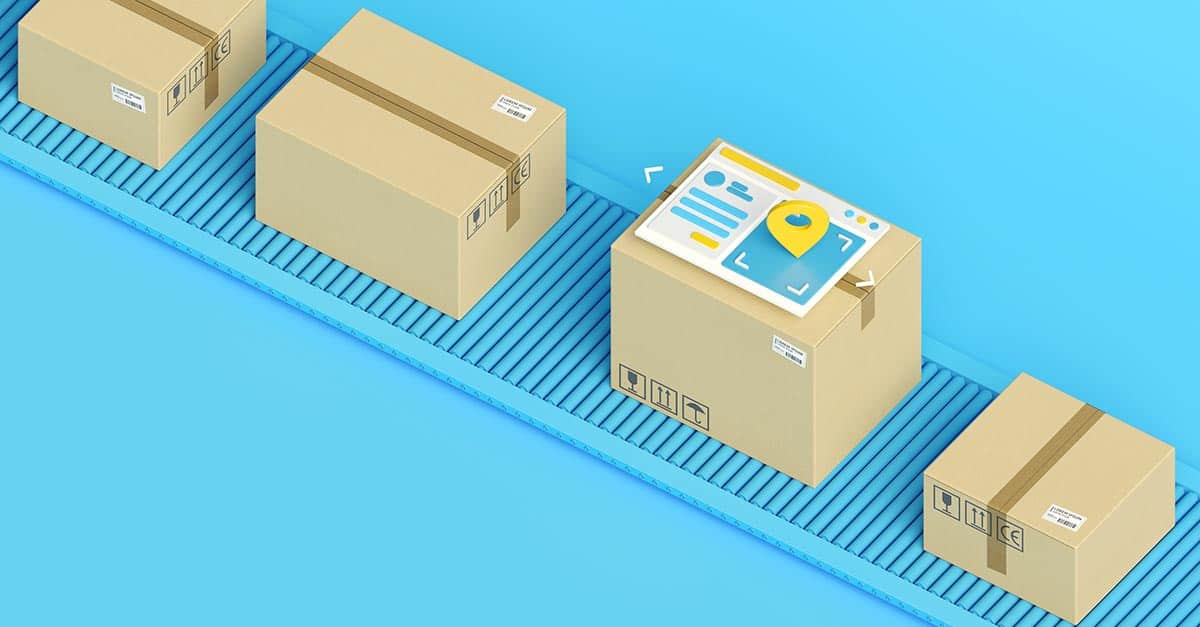
Delivery Promise: the omnichannel solution for transportation & logistics
In recent years, the Delivery Promise has significantly enhanced the omnichannel customer journey. The ‘classic’ use case of the Delivery Promise, modeled after Amazon’s approach, involves providing online shoppers with a specific delivery date for each method of delivery. This promise is reliable because it is based on your actual stock availability and its positioning in the network according to your Order Management System.
At OneStock, the use of the Delivery Promise goes much further. It serves as a strategic tool for transportation and offers a substantial benefit to retailers: complete control over the logistics scenarios offered to customers, taking into account both your business imperatives and your overall brand strategy.
Let’s take a closer look at this customer-centric omnichannel solution.
How does OneStock OMS accurately calculate the Delivery Promise?
Using product information provided by the Order Management System (OMS), the Delivery Promise takes into account carrier restrictions, both regarding the nature of items to be delivered (for instance, fragile or hazardous items may require a specific carrier) and their size constraints (weight, volume, or dimensions). This allows you to ultimately choose:
- The carrier that will handle the order based on the typology of items and parcels.
- The available delivery services offered by the carrier.
To calculate the Delivery Promise, OneStock OMS manages and combines a wide range of constraints related to warehouses and carriers. Here is an excerpt of the data considered:
- Warehouse: Preparation capacity, i.e. how many items can be processed each day? Once this capacity is reached, the Delivery Promise can be postponed by a day. It’s also possible to increase the preparation capacity according to seasonality, thus anticipating higher warehouse activity during peak periods like Black Friday, Christmas, or sales.
- Carrier: Pickup capacity, frequency of visits, vehicle capacity, transport-related contingencies (for example, a local fire may affect delivery lead times).
Another significant advantage of the OneStock Delivery Promise is that, thanks to the power of the Order Management System, it is possible to display the Delivery Promise before the checkout. Showing this information on product pages is particularly useful for customers, enhancing the shopping experience compared to other online retailers that only show the Delivery Promise at checkout.
What does the Delivery Promise change for retailers?
The OneStock Delivery Promise confirms a purchase’s eligibility for services like upstairs delivery, express delivery, or eco-friendly delivery. This is useful for all retailers, particularly those that sell both small and large items. For example, retailers in the childcare sector will sell nursery furniture and rattles, two products with radically different characteristics. Delivery costs are adapted through the Delivery Promise based on the item typologies to be shipped.
Retailers can thus offer the best carrier to their customers in terms of costs. By relying on the pricing grids of several different carriers, you can automatically determine the costs associated with each parcel based on its attributes (weight, dimensions). This allows you to thoroughly compare carriers to optimise logistics flows and maintain a high level of customer satisfaction.
Here are our three tips for implementing the Delivery Promise:
- Have the OMS foundations in place. Know precisely what stock you have and where it is located.
- Maintain a thorough understanding of your logistics. Know your carriers, their pricing, the formats handled, the regions or countries where they operate, and so on.
- Consider the brand experience you want to create. Are there certain services you want to offer (e.g. same-day delivery)? Are there delivery methods you want to highlight over others (e.g. environmentally-friendly options)? How do you want to present this information (e.g. via API call)?
What does the Delivery Promise change for your customers?
The Delivery Promise provides customers with clear information about available services, delivery times and associated costs.
From an omnichannel perspective, the Delivery Promise helps determine available delivery services based on stock location. This is particularly useful for fast fulfilment, such as one-hour in-store pickup, or same-day delivery through express carriers like Stuart.
The Delivery Promise also shares additional information about costs, carbon emissions and the number of parcels required to fulfil the order. This allows your online customers to choose their delivery method based on their specific preferences.
The OneStock Delivery Promise in a nutshell
In summary, OneStock’s Delivery Promise provides many benefits for omnichannel retailers and their customers:
- Highly reliable and precise
- Updated in real-time
- Considers warehouse capacities and days of operation (Monday-Friday? Monday-Saturday? Seven days a week?)
- Takes into account carrier services and capacities
- Influenced by external events that affect transport routes or operations in the geographic area. For example, if a strike is planned in Scotland, delivery lead times will be affected for Scottish customers, but not for customers in England, Wales or Northern Ireland.




